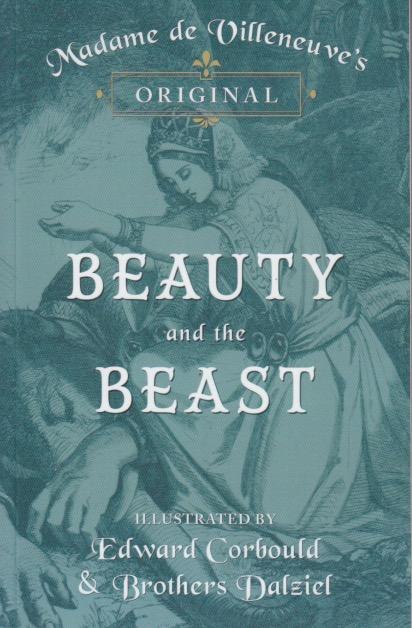
You think you know a story. You know, you’ve heard it before, or seen it in a movie, so you think you know how it goes. I’m not the biggest Disney fan in the world, but I have seen many of their movies. Occasionally those movies are my first introduction to a story. That was the case with Beauty and the Beast. I saw this when my daughter was young, and in general found it a good story. I’ve seen it a couple of times since, and I thought I knew how it went. I got curious, however, regarding the origins of the tale. Was it Grimm? Other ancient folklore? The reimagining of a classical tale like Pygmalion? Well, it turns out it was a story from the eighteenth century written by Gabrielle-Suzanne Barbot de Villeneuve.
I decided to read it. The story is quite different than the Disney version, as is to be expected. To begin with, Beauty has eleven siblings. Her father is a merchant rather than an inventor. The beast is described as having an elephant’s trunk and scales, not fur. Once Beauty agrees to move into his palace in place of her father Beast is nothing but polite, if somewhat dull. In broad outline the same action takes place—beauty falls in love with the beast and magically he transforms to a handsome prince. Any story, as it’s retold, is re-envisioned. There’s no such thing as the literal retelling of any tale. As the Italians say, “translators are traitors.” (Of course, I didn’t read the story in its original French, having had the aid of a traitor.)
As was perhaps the style back then, once the happy ending came the story had to be fully explained. Indeed, this constitutes half its length, telling, not showing, the backstory. To Disney’s credit, they do all this in a minute or two of animation time. The modern reader, unless obsessed with the rules under which fairies operate, and the power struggles among them regarding those rules, will likely find this add-on a bit tedious. But that’s often the way with original texts. Think The Iliad. Think the Bible. Modern writers seldom explain things fully. Ambiguity is valued among the literati. Still, stories have origins. They start someplace. Those of us who are curious about those origins are inclined to dig, it seems. Disney has become our storyteller for children. It’s a good idea to look behind the curtain now and then, just to see what the original creator wrote. To see how the story really goes.
